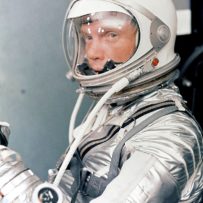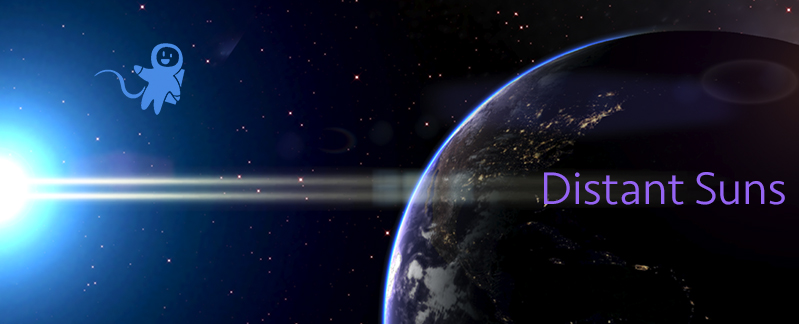Godspeed John Glenn

The term “hero” has been one of the most overused and misused words of the past couple of decades. (“diversity” being at the top of the list and the phrase “celebrate diversity” deserves to be put out of its misery with a litter of rabid dachshund puppies). Baseball players who get a walk-off grand slam at the bottom of the 10th, a movie celebrity who takes on a controversial role, a singer to performs even though they a hangnail, are today’s “heroes.”
Or are they? Usain Bolt is a terrific athlete. But he’s no “hero.” American Van Cliburn, who won the first International Tchaikovsky Competition at age 23 was a gifted pianist. Even though he beat the Soviets at the event that was designed specifically to showcase Russian superiority, he wasn’t heroic by any means.
Real Heroes Quest Not For Stardom
Real heroes, many who are seldom recognized, quest not for stardom, yet risk life, reputation, and personal gain to push beyond the normal limits. Desmond Doss of “Hacksaw Ridge” was one such individual. While all others were retreating Doss stayed behind surrounded by the carnage of a devastating Japanese force so as to single handedly help over 75 wounded to safety. That’s a hero. The firefighters who ran into the devastated Twin Towers while all others were running out, are heros.
Sadly, we lost another hero just a few days, ago. Mercury Astronaut, John Glenn passed away at age 95. Glenn was a warrior, who risked his life on a “battlefield” during the middle of the Cold War. When the original Mercury 7 astronauts were announced in 1959, the public saw a new kind of “warrior.” Survival in this battlefield was in no way assured. The astronauts would be facing a great unknown, one that would take its first life in 1967 (Cosmonaut Vladimir Komarov), and would take many more down the road.
Glenn had a whopping 9000 hours of flight time, from both World War II and Korean war, as flight instructor and eventually test pilot. Nine thousand hours is over a full year in the cockpit and more than any other of the “Original Seven” (Al Shepard “only” had 3600 hours, still over twice was NASA was requiring). Photogenic, at ease 
So it was sad to hear of Sen. Glenn’s passing on Dec. 8. However, he got the last laugh. At 40 years old when he flew, Glenn was the old man of the Mercury astronauts. While some of his colleagues were promoted to the two-man Gemini program, and some put off of flight status for either medical reasons (Slayton, Shepard) or job performance (Carpenter), Glenn would be sidelined for more prosaic reasons. The “overt” reason was that he would be too old to fly to the moon on Apollo, and as the Gemini flights were to train Apollo pilots those prized seats would be reserved for the younger men. The more likely reason was simply Washington didn’t want to risk the possibility an important symbol like Glenn being killed in a future mission.
In 1964 he resigned from NASA and applied to run for the US Senate from Ohio the next day, eventually winning a Senate seat in 1974. Briefly a presidential candidate one comedian suggested that his slogan would be “The Right Stuff, the Wrong Stiff.”
While many of the astronauts grew overly weary of being hounded for autographs, Glenn made it a habit to sign most any requests and even when in the Senate chamber, he could apparently be seen signing photos for requests that came in through the mail.

In 2003, Sen. Glenn came out to the San Francisco Bay Area for a charity event run by his son who lived locally. As I am in San Jose it was a no-brainer to go on up and attend. Glenn spoke for about 30 minutes, fittingly in the planetarium of the Chabot Science Center that is perched high above Oakland. After his speech he departed to go attended a special VIP dinner up on the second floor. Myself and about eight others had brought ample goodies for him to sign and were assured that at some point he would likely come down to greet us. After all, he was a man-of-the-people, and we were the people, weren’t we? After about an hour, one young gentleman came down, handed a book to someone there, saying “here you go!”, the owner gleefully opened it up and showed us Glenn’s fresh signature. Our visitor was Glenn’s grandson, home briefly from school and seemed as humble and generous as his more well know 
Godspeed John Glenn. And I am sure wherever you are “the view is tremendous.”
